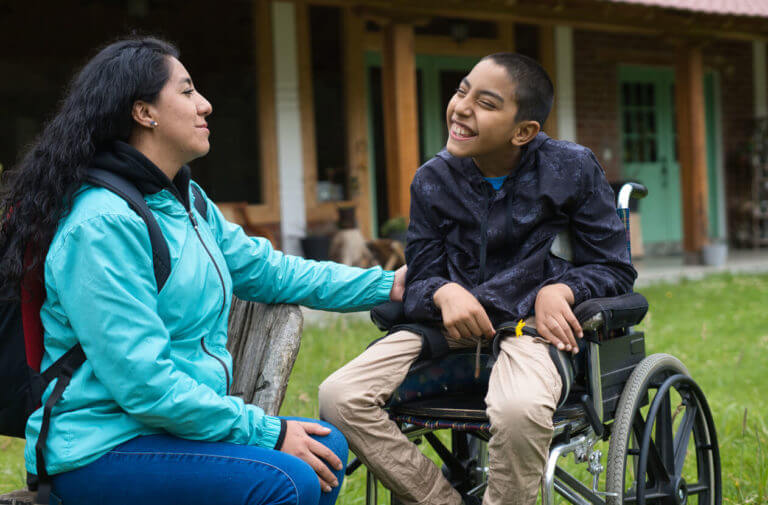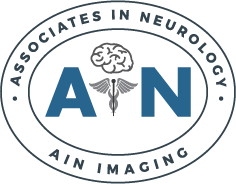
Living with cerebral palsy presents unique daily challenges, but with proper cerebral palsy treatment and support, individuals can lead fulfilling lives. Each person’s experience varies greatly depending on the type and severity of their condition.
In short…
- Daily Life Varies Greatly – Each person with cerebral palsy has different abilities and challenges based on their specific condition.
- Treatment Makes a Difference – Proper medical care, therapy, and assistive devices significantly improve quality of life.
- Independence Is Possible – Many people with cerebral palsy live independently, work, and maintain relationships.
Cerebral palsy treatment focuses on helping individuals maximize their independence and quality of life. This neurological condition affects movement, posture, and muscle coordination, but it does not define a person’s potential or worth.
Let us discuss what life is like living with cerebral palsy.
Understanding Daily Life With Cerebral Palsy
The daily experience of someone with cerebral palsy depends heavily on which type they have and how severe their symptoms are. Some people walk without assistance, while others use wheelchairs or mobility aids. Many individuals with mild cerebral palsy live completely independent lives.
Morning routines might take longer due to muscle stiffness or coordination challenges. Simple tasks like getting dressed, brushing teeth, or preparing breakfast may require extra time or adaptive equipment. However, occupational therapy helps people develop strategies to manage these activities more easily.
Work and school environments often require accommodations, but many people with cerebral palsy excel in their careers and education. Modern assistive technology makes communication and mobility much easier than in the past.
How Does Cerebral Palsy Affect Movement and Mobility
Movement challenges vary widely among people with cerebral palsy. Some experience mild muscle tightness, while others have severe spasticity that affects their entire body.
Physical therapy plays a crucial role in maintaining and improving movement abilities. Therapists work with patients to strengthen muscles, improve flexibility, and develop better coordination. Many people use assistive devices like:
- Wheelchairs or scooters for longer distances.
- Walkers or canes for additional support.
- Braces or splints to help with positioning.
- Communication devices for speech difficulties.
Spasticity, or muscle stiffness, is common in cerebral palsy. Doctors may prescribe medications like baclofen (Lioresal) or botulinum toxin injections (Botox) to help relax tight muscles.
What Are the Communication Challenges
About 25% of children with cerebral palsy have significant speech difficulties. This happens when the condition affects the muscles used for speaking. However, having trouble speaking does not mean someone has an intellectual disability.
Many people with cerebral palsy use alternative communication methods. These include sign language, picture boards, or electronic devices that speak for them. Speech therapy helps improve communication skills and teaches new ways to express thoughts and needs.
How Does Cerebral Palsy Treatment Impact Quality of Life
Comprehensive cerebral palsy treatment dramatically improves daily functioning and independence.
Treatment typically involves a team approach, including:
- Physical therapists who work on movement and strength.
- Occupational therapists who help with daily living skills.
- Speech therapists who address communication needs.
- Doctors who manage medications and medical needs.
Regular cerebral palsy treatment helps prevent complications like joint problems or muscle contractures. Early intervention is especially important for children, as their brains are more adaptable to therapy.
What About School and Work Life
Many students with cerebral palsy attend regular schools with appropriate support services. Schools provide accommodations like extra time for tests, accessible bathrooms, and modified physical education classes. Special education services help students reach their academic potential.
In the workplace, reasonable accommodations make employment possible for many people with cerebral palsy. These might include flexible schedules, modified workstations, or assistive technology. The Americans with Disabilities Act protects workers from discrimination based on their disability.
How Do Relationships and Social Life Work
Friendships and romantic relationships are important parts of life for people with cerebral palsy. Like anyone else, they form close bonds with family, friends, and romantic partners. Good relationships are based on shared interests, trust, and communication rather than physical abilities.
Some people face social challenges due to misconceptions about cerebral palsy. Education and awareness help reduce stigma and create more inclusive communities. Many individuals with cerebral palsy are active in sports, hobbies, and community organizations.
Social media and technology have made it easier to connect with others who share similar experiences. Online support groups provide valuable emotional support and practical advice.
What Does Independence Look Like With Cerebral Palsy
Independence means different things to different people. For some, it means living alone and working full-time. For others, it means making their own choices about daily activities while receiving some assistance.
Many adults with cerebral palsy live independently in their own homes or apartments. They may use adaptive equipment or personal care assistants to help with certain tasks. The key is having control over decisions about their own lives.
Transportation can be a challenge, but options include adapted vehicles, public transportation, and ride-sharing services. Many cities are becoming more accessible with better sidewalks, ramps, and public transportation options.
Creating a Supportive Environment for Cerebral Palsy Patients
Family support plays a huge role in helping someone with cerebral palsy thrive. This includes emotional support, help with cerebral palsy treatment decisions, and advocacy for better services. However, it is important to balance support with encouraging independence.
Healthcare teams work closely with families to develop effective cerebral palsy treatment plans. Regular check-ups help monitor progress and adjust cerebral palsy treatments as needed. Insurance coverage for therapies and equipment varies, so families often need to advocate for necessary services.
Cerebral Palsy Treatment in Novi, MI
Living with cerebral palsy presents challenges, but with proper cerebral palsy treatment and support, individuals can achieve their goals and live fulfilling lives.
At Associates in Neurology, our experienced team of board-certified neurologists provides comprehensive care tailored to each individual’s needs. We offer a range of cerebral palsy treatment options, including physical therapy, medication management, and supportive devices to help manage symptoms and improve quality of life.
Contact us today at (248) 478-5512 or fill out our appointment request form. We look forward to serving you!
Sources
https://pubs.asha.org/doi/10.1044/2023_AJSLP-23-00267


